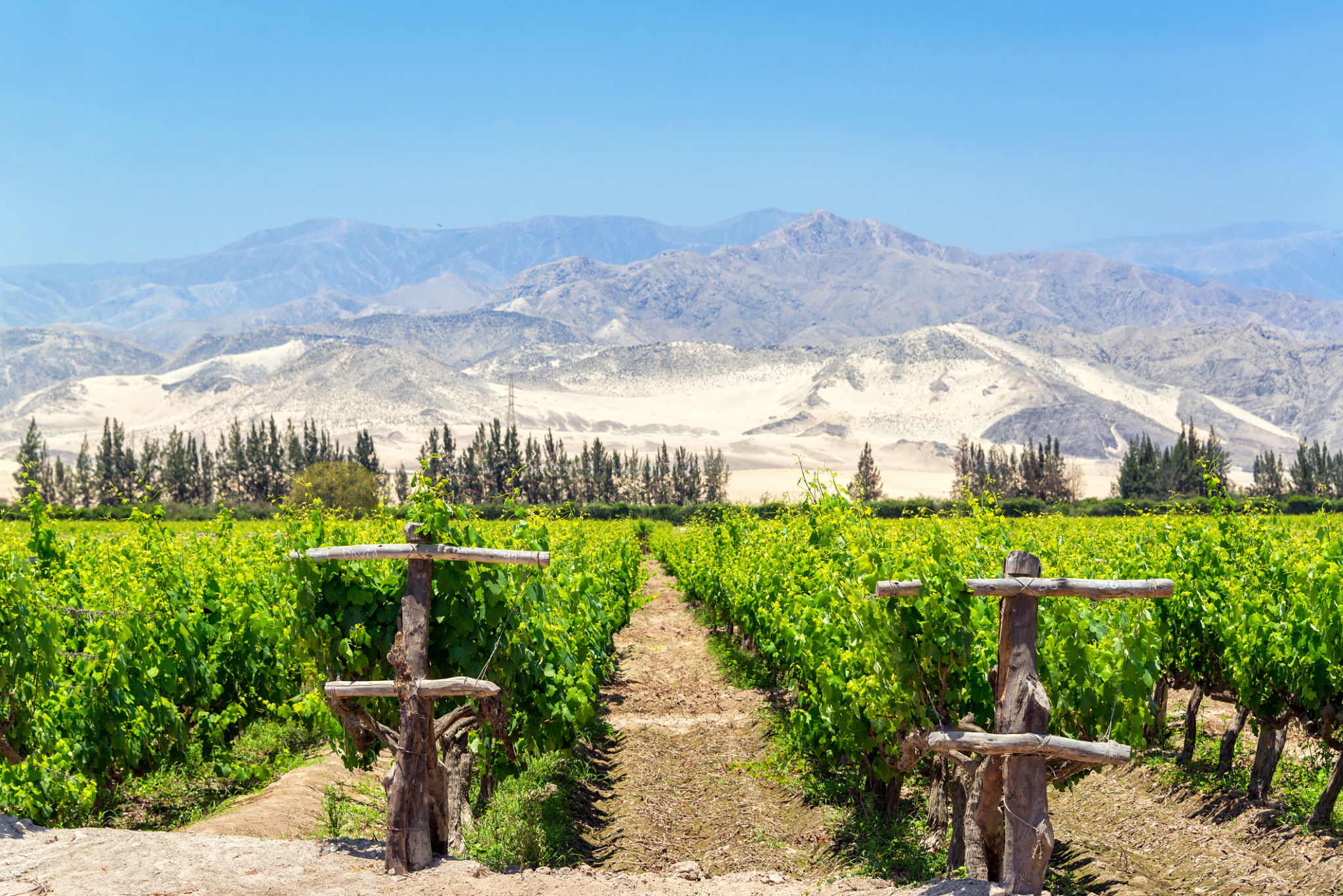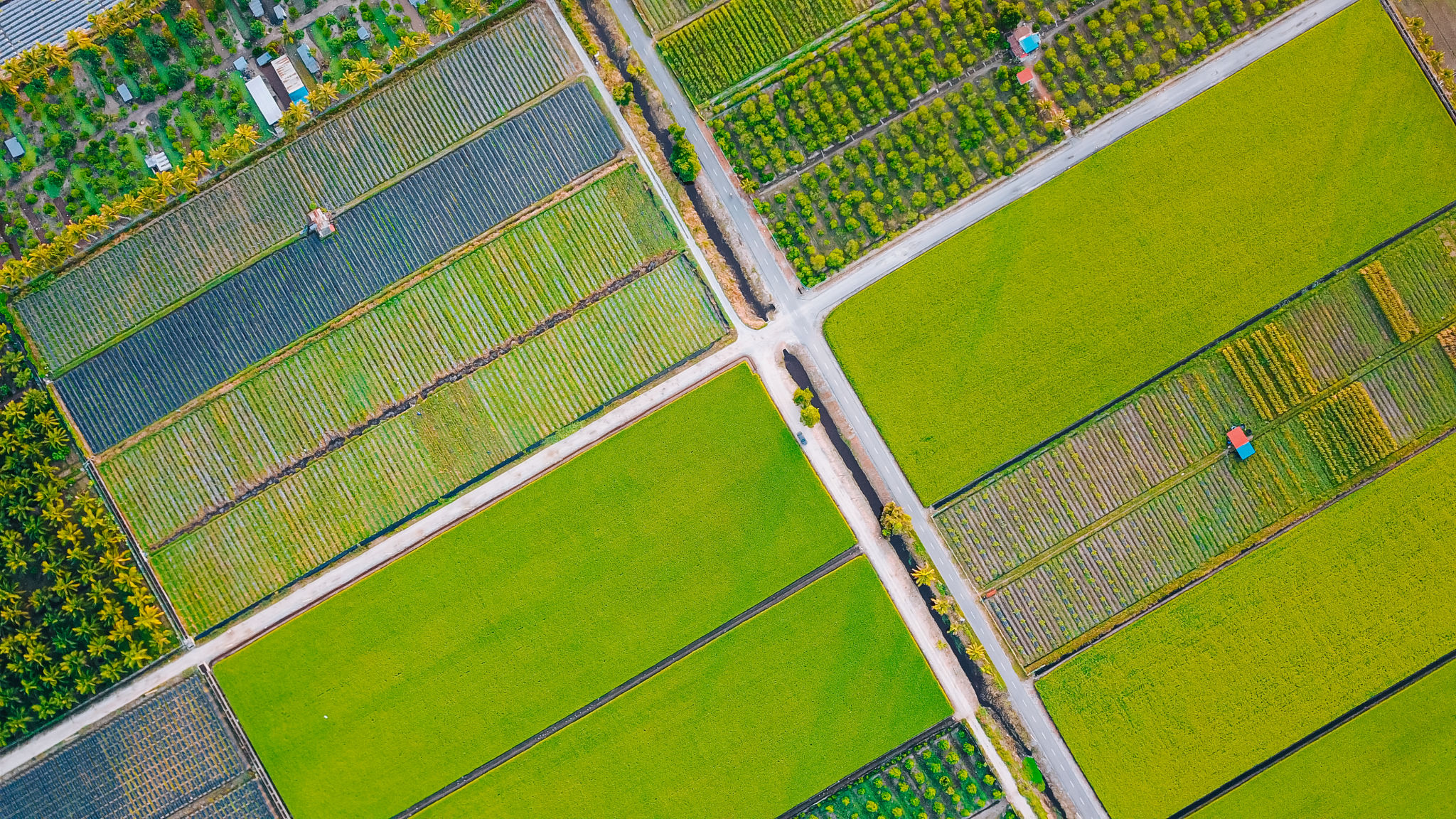Maximizing Freshness: The Journey of Peruvian Grapes Across the Sea
The Global Demand for Peruvian Grapes
Peruvian grapes have become a staple in the global fruit market, known for their exceptional taste and quality. Over the past decade, Peru has emerged as a major player in the grape industry, exporting millions of tons of this delicious fruit worldwide. But how do these grapes maintain their freshness from the vineyards of Peru to the tables of consumers across the globe?
The secret lies in a meticulous process that ensures the grapes remain fresh and flavorful throughout their journey. From the careful selection of grape varieties to the innovative packaging methods, every step is designed to maximize freshness and quality.

Harvesting at the Right Time
The journey of Peruvian grapes begins in the fertile valleys of Peru, where they are harvested at the peak of ripeness. Timing is crucial; harvesting too early or too late can affect the taste and texture of the grapes. Farmers monitor the grapes closely, using a combination of traditional knowledge and modern technology to determine the perfect harvest time.
Once harvested, the grapes are quickly transported to processing facilities. Here, they undergo a thorough quality check to ensure only the best grapes make it to the international market. This step is vital in maintaining the high standards associated with Peruvian grapes.
Innovative Packaging Techniques
Packaging plays a pivotal role in preserving the freshness of Peruvian grapes during their long journey. The grapes are packed using advanced techniques that minimize exposure to oxygen and moisture, two of the main culprits of spoilage. Modified atmosphere packaging is one such technique, which helps in extending the shelf life of the grapes significantly.

Additionally, temperature-controlled storage and transport are employed to keep the grapes at an optimal temperature from the moment they leave Peru until they reach their destination. This cold chain logistics system is essential for maintaining the integrity of the grapes.
The Ocean Voyage
After packaging, the grapes embark on their journey across the sea. This voyage can take several weeks, depending on the destination. During this time, maintaining the right conditions is crucial. Refrigerated containers equipped with sensors monitor temperature and humidity levels throughout the journey, ensuring that the grapes arrive as fresh as when they were packed.
The logistics involved in this process are complex and require coordination between multiple parties, including shipping companies, customs officials, and distributors. It is a testament to the dedication and expertise of everyone involved that Peruvian grapes consistently reach consumers in peak condition.

Quality Assurance Upon Arrival
Upon arrival at their destination, the grapes undergo another round of quality checks. This step ensures that any grapes that may have been compromised during transit are identified and removed before reaching consumers. These checks are rigorous, with inspectors looking for signs of spoilage or damage.
Once the grapes have passed all quality checks, they are distributed to retailers and ultimately end up on store shelves. Consumers can enjoy these grapes with confidence, knowing they have been handled with care from start to finish.
A Commitment to Sustainability
The journey of Peruvian grapes is not just about freshness and flavor; it also involves a commitment to sustainability. Many grape producers in Peru are adopting eco-friendly practices, such as reducing water usage and investing in renewable energy sources for their operations. These efforts help ensure that the production of these beloved grapes has a minimal impact on the environment.

In conclusion, the story of Peruvian grapes is one of dedication, innovation, and sustainability. From the moment they are harvested to their arrival in markets worldwide, every step is carefully managed to ensure that consumers receive the freshest and most delicious grapes possible. The journey of these grapes across the sea is a remarkable example of global agriculture at its finest.
